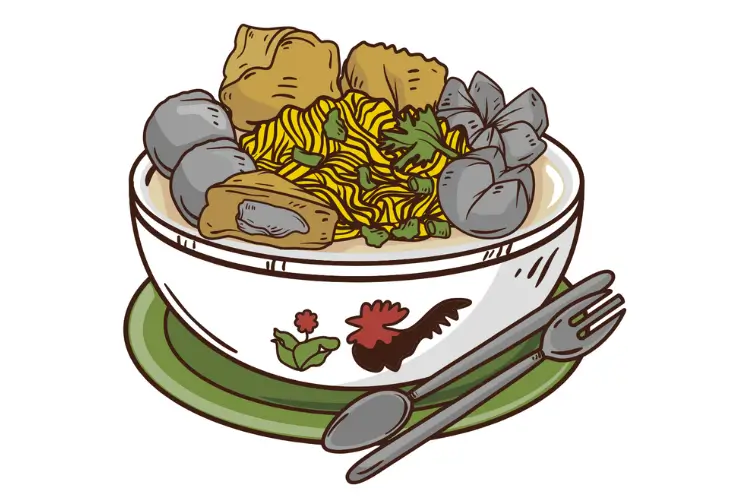Handmade bowls are timeless pieces loved for their functionality and aesthetic appeal in culinary artistry and home decor. These vessels are handcrafted with care and precision. They serve as versatile companions in dining and interior design. From minimalist marvels to intricately adorned masterpieces, ceramic bowls offer a canvas for creativity while embodying the rich traditions of craftsmanship. This article focuses on such bowls, exploring their allure and practicality.
The Artistry of Craftsmanship
At the heart of every handmade bowl lies the artistry of craftsmanship. Skilled artisans meticulously mould and shape clay into graceful forms, infusing each piece with character and charm. The creation process is a labour of love, demanding patience and expertise to accomplish the desired shape and texture. From wheel-thrown wonders to hand-built creations, every one of these bears the unique imprint of its maker. Therefore, it is a cherished addition to any table setting.
A Feast for the Senses
Beyond their visual appeal, ceramic bowls engage the senses in a symphony of tactile and olfactory experiences. Running one’s fingers along the smooth surface of a glazed bowl evokes a sense of tranquillity, while the earthy scent of fired clay evokes memories of ancient traditions. Whether savouring a hearty soup or indulging in a delicious dessert, the experience is elevated by the tactile pleasure of holding a well-crafted bowl in hand.
Versatility in Design
From rustic farmhouse kitchens to modern minimalist spaces, these bowls adapt effortlessly to any design aesthetic. Their understated elegance lends itself to casual gatherings and formal affairs, adding a touch of sophistication to every occasion. Available in numerous shapes, sizes, and colours, such pieces offer endless possibilities for creative expression. This allows individuals to curate their unique style.
Sustainable Living
Since sustainability is paramount nowadays, handcrafted bowls have emerged as champions of eco-conscious living. Made from natural materials and fired at extremely high temperatures, they boast durability that withstands the test of time. Unlike disposable alternatives, these cookware and dinnerware pieces are built to last. They help reduce the need for frequent replacements and minimise environmental impact. By choosing such pieces, consumers invest in quality craftsmanship and contribute to a greener future.
Personal Connection and Customisation
Purchasing a handmade bowl often supports small-scale artisans and local economies. Many consumers cherish the personal connection of owning something handmade, knowing that no two pieces are exactly alike. Moreover, many ceramic artists offer customised pieces, allowing buyers to have a hand designing and choosing colours, patterns, or inscriptions that hold personal significance.
Cultivating Tradition
Throughout history, ceramic bowls have played a significant role in culinary rituals and cultural ceremonies. From ancient civilisations to modern-day societies, these vessels have been revered for their symbolic significance and practical utility. Whether used to share a meal with loved ones or as ceremonial offerings, they serve as vessels of tradition.
Care and Maintenance
Proper care and maintenance are essential to ensure the longevity of handcrafted bowls. While they are inherently durable, they may chip or crack if mishandled. It is advisable to keep the piece away from sudden temperature changes. This is because extreme heat or cold environments can cause stress fractures. Additionally, gentle handwashing with mild soap is recommended to preserve the integrity of the glaze and prevent scratching. With proper care, ceramic bowls will continue to adorn tables and shelves for generations.
In mass-produced commodities, these pieces stand as symbols of authenticity and craftsmanship. From their humble origins on the potter’s wheel to their rightful place on the dining table, these vessels embody the timeless appeal of handmade artistry. Whether cherished for their aesthetic beauty, practical utility, or cultural significance, these bowls hold a special place in the hearts and homes of individuals worldwide. Therefore, it is essential to continue embracing the craftsmanship and sustainability traditions they represent.
Written By: Jackson Miller




